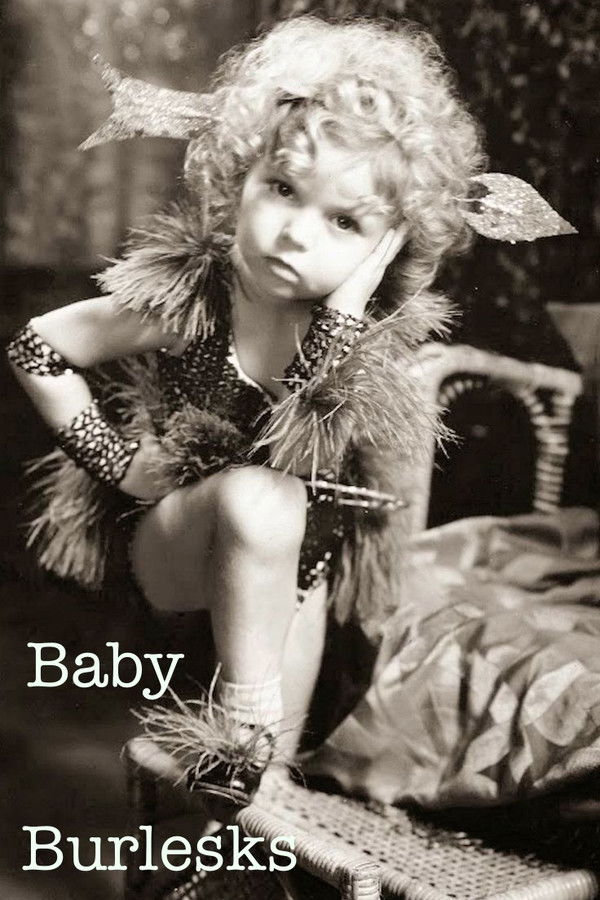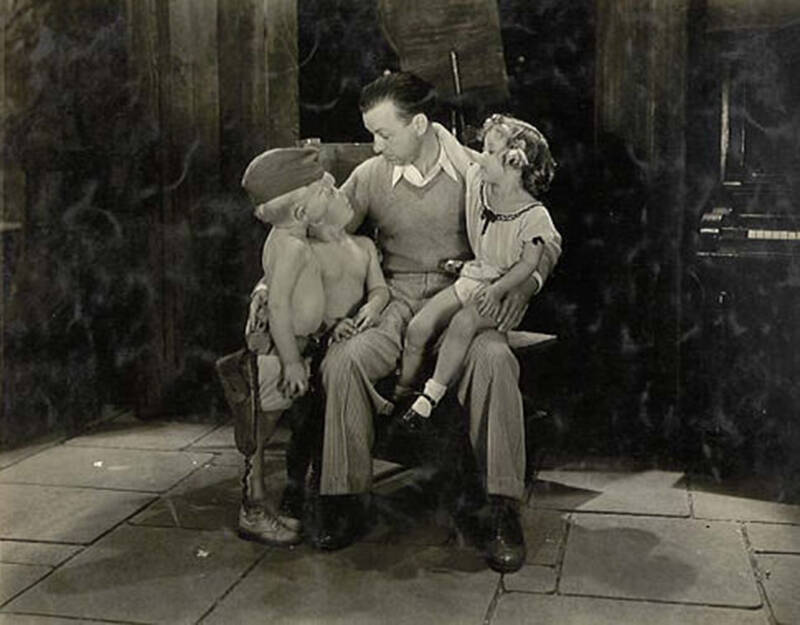
Good Morning POU! Today’s post is without question proof of how completely sick Old Hollywood could be.

In an era before producers established censorship guidelines, anything went in Hollywood, including films starring hyper-sexualized toddlers pretending to be prostitutes, drunks, and disparaged veterans.
The familiar cherubic face of the one and only Shirley Temple has captivated the hearts and imaginations of Americans for well over 80 years. With her trademark curly hair and natural charisma that earned her specifically tailored roles, Temple was, and perhaps still is, the quintessential child star.
Yet Shirley Temple’s Hollywood origins are perhaps seedier than many would ever know, particularly when held up to a modern standard. Temple herself would later refer to this first gig as “a cynical exploitation of our childish innocence.”
In 1932, at the age of three, Shirley Temple signed a contract with Educational Pictures, a film distribution company founded in 1916 known primarily for brief comedies. Soon afterward, she began acting in a series of comedic shorts called Baby Burlesks. The shorts sought to parody current events and popular films. But often they came across as more creepy than comedic.

In the short Polly Tix in Washington, Temple — then four years old — played a prostitute sent to “entertain” a senator (also played by a child). Draped in pearls and wearing a small bra, Temple is portrayed as enticing the senator with a series of seductive moves.
In another short called War Babies, Temple again plays a prostitute trying to seduce men in the Army (played by boys). Dancing seductively, trading kisses for lollipops, and referring to herself as “expensive,” the young actress engaged in a performance well, well beyond her years.

To make matters worse, Temple and the other child actors were severely punished on set for not following the rules.
“To threaten and punish uncooperative child actors, the director, Charles Lamont, kept a soundproof black box, six feet on each side, containing a block of ice,” explained historian John Kassan.
“An offending child was locked within this dark, cramped interior and either stood uncomfortably in the cold, humid air or had to sit on the ice.”
Naturally, Shirley Temple attempted to alert her mother of these frightening circumstances, only to be met with dismissal and an accusation that she had fabricated the entire tale.
In addition to this literal icebox of torture, John Kassan adds that:
“In a Tarzan film spoof, Kid in Africa, for example, he [Lamont] concealed a tripwire to fell the ‘savages’ played by African American children. In filming another scene, a terrified ostrich pulling Shirley and another child in a surrey careened wildly about the set before crashing into a wall.”
Besides the fact that hiding a tripwire to stun children is unethical in and of itself, the film Kin in Africa hinged on wholly racist themes, for instance, a group of white “good guys” were directed to shoot a group of “savages” portrayed by black children with arrows.
With the goal of lining pockets by turning a profit on the backs of children who had no way of advocating for themselves, Charles Lamont and his fellow co-conspirators at Educational Pictures helped to set a frightening precedent for the ways in which performers were treated in film for many years — at least, until, the creation of the industry guidelines known as The Hays Code.

